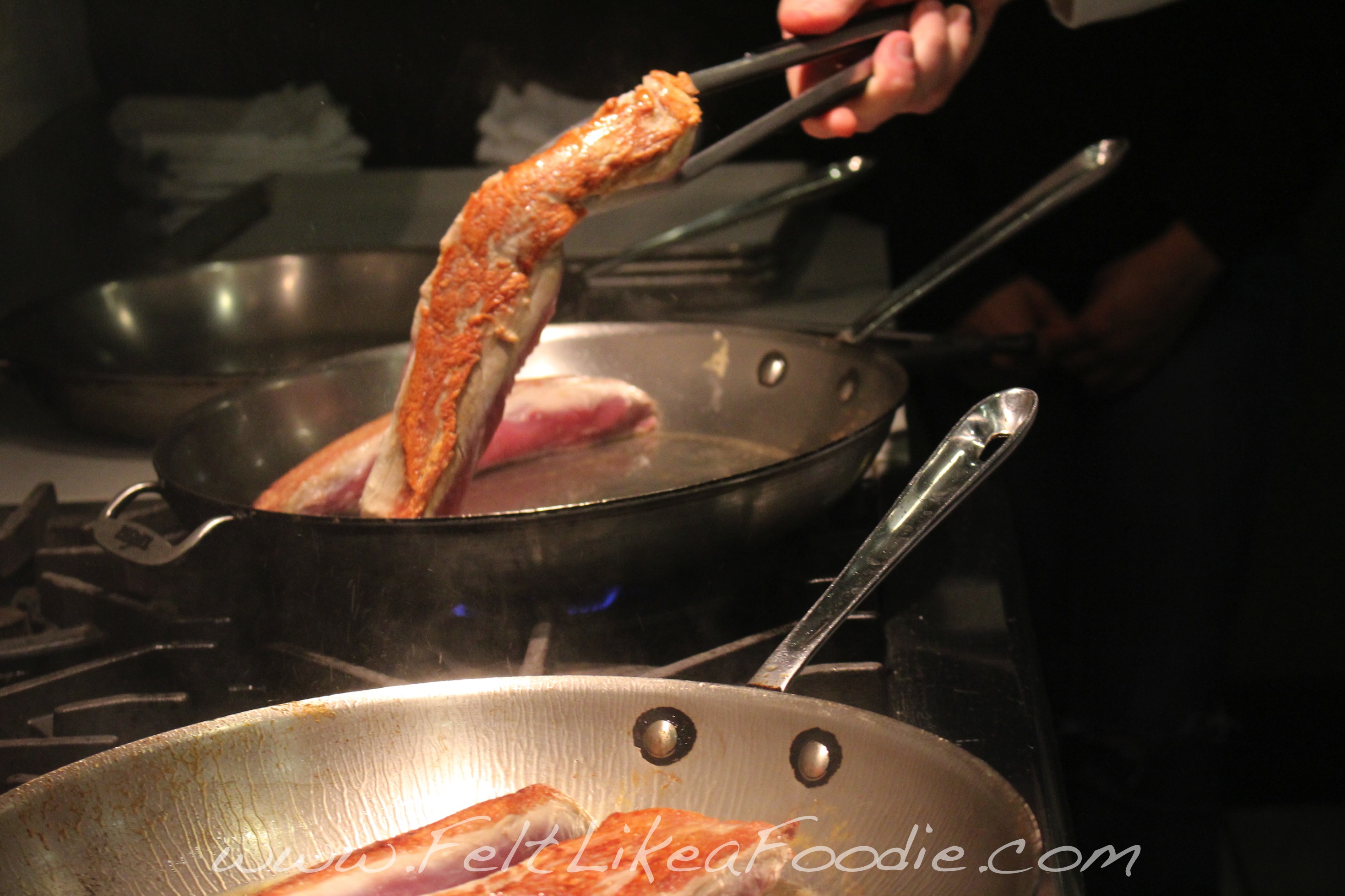
Have you ever done a jigsaw puzzle? Do you look at the picture on the box, study the design and think about the pieces? Or do you just dump the box on the table, find the edges and think of the picture components as you go along?
I have always been a box dumper and realized that has also been my approach to cooking in the past. I dump my ingredients on the counter, look at my recipe and just go along. But I think I need to start looking at the whole picture and thinking about my pieces.
Monday I went to my second class in the 4 part Cooking Lab series at The Chopping Block at the Merchandise Mart in Chicago. Shelley and Mario centered the topic on the theories and parallels in cooking meats, poultry, fish and veggies. The part of the night that has made my brain do cartwheels is all of the information I just learned on “browning”.
My past thoughts on browning consisted no more than me knowing that browning makes food yummy. What I didn’t know was there was some big time science happening in that browning process. (Those of you who know I have a degree in chemistry are shaking your heads!)
The Maillard Reaction is the chemical reaction between amino acids and reducing sugars (when the surface temp is somewhere between 300º F to 500º F) so that food browns and turns up the “yum” factor. (There IS a difference between caramelization and the Maillard reaction. Caramelization does not need the presence of amino acids; it only needs sugars.)
The flavor puzzle is starting to make sense. Think about it…there are 20 different amino acids and tons of different sugar molecules produced in foods. Toss in varying pH, fat content, cooking times, and temperatures…and you have different flavor forming. (This is why a piece of toast doesn’t taste like a seared scallop.)
But wait…this puzzle isn’t so easy. We just came up to one of those weird pieces that might be and edge and might not…and that weird piece is the water content!
You need the temps to be up to bringing about the reaction BUT if the food is super wet, the temperature won’t climb above the boiling point of water (212 º F).
Obviously, this is the part of class that I found the most fascinating. It made me start to think about the whole picture on my puzzle box. Think of a poached piece of salmon and a grilled piece of salmon; both pieces of fish may have the same internal temperature but the grilled one’s exterior reached a much higher temperature giving the molecules a chance to “react.”
I just realized that I stopped writing about the actual class but only about what I learned on Monday. I think my distraction is because for the first time, cooking is making a lot more sense. (And this is why Shelley is doing these classes!)
Looking at protein levels, water levels, cooking temps and even pan to food ratios has made me finally put together an entire puzzle without doing the edges first. I can see the whole picture.
Mario made a comment on Monday that hit home….you can’t brown something if you are afraid of burning it. I realized that have been scared….in the past. I need to take some of the knowledge I have about food and apply it.
We need to take some time to learn about how different cuts of meat react to all the different methods of cooking, figure out which veggies need to cook quickly and which ones want to cook slowly and grasp the knowledge of knowing when food is done. (And not over doing it because we don’t trust our instincts.)
There are two more classes in Cooking Lab and I can’t wait until next week. We are going to continue the quest of Distinguishing between Cooking Technique and learn the theories and parallels in Soups and Sauces; Grains, Potatoes, Pasta, Squash, Starch; Dairy, Fat and Eggs.
Our homework is to utilize our newfound techniques and to continue to build on what we have learned in class. Dinners will be fun this week because I am going to cook with confidence (and without recipes!)
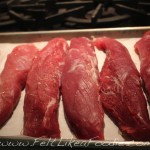
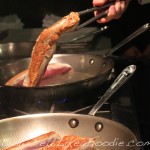
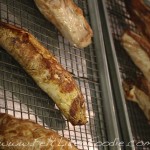
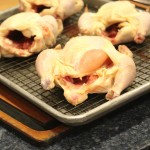
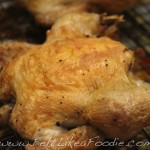
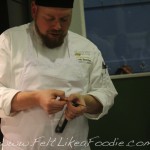
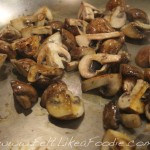
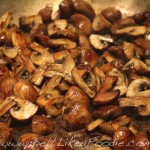
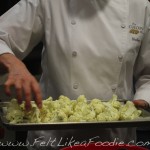
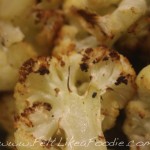
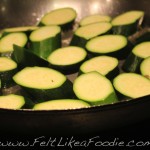
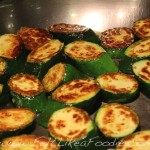
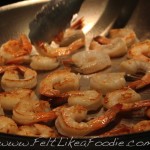
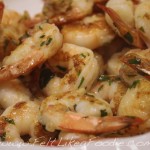
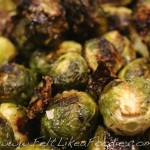
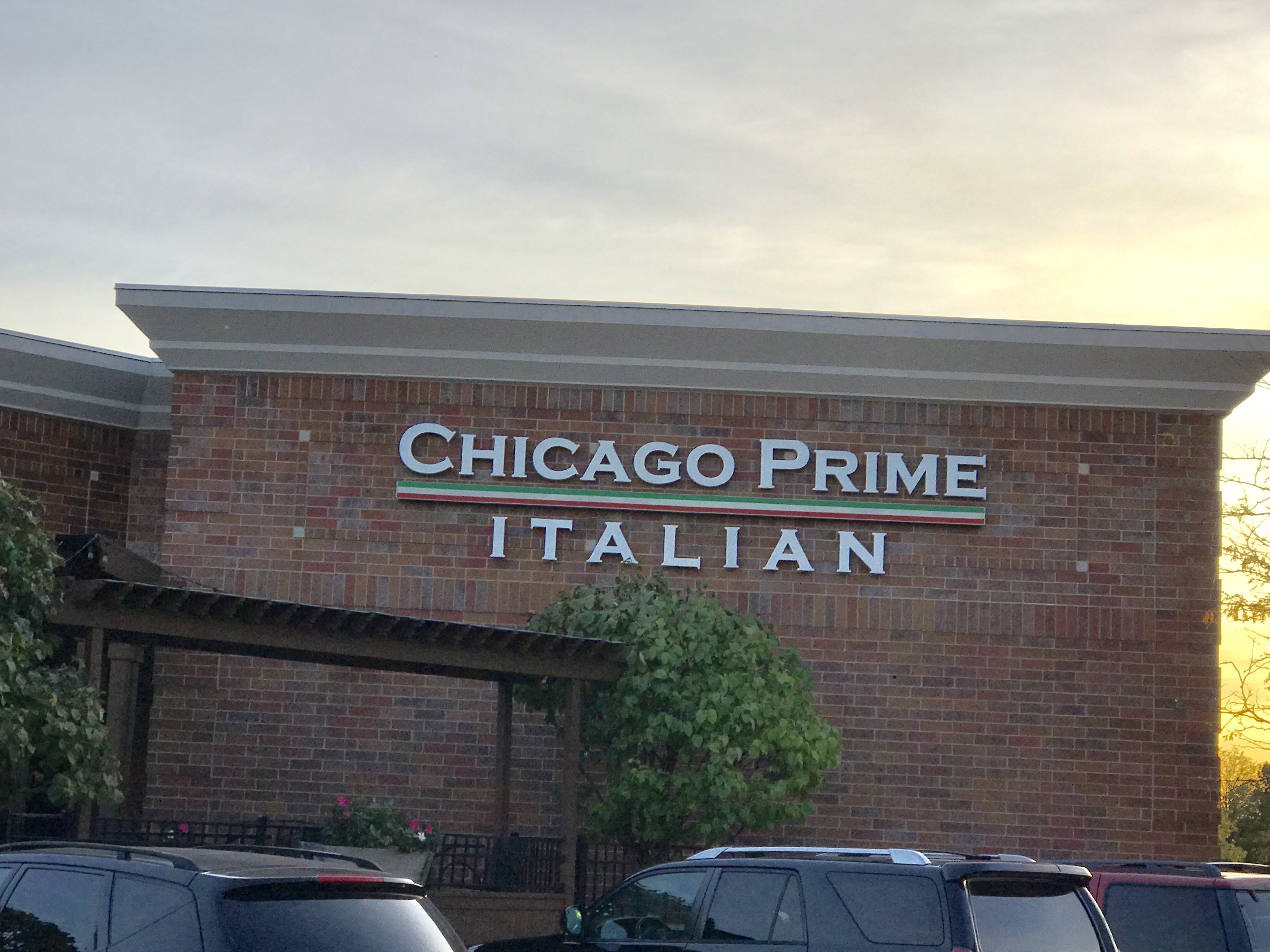
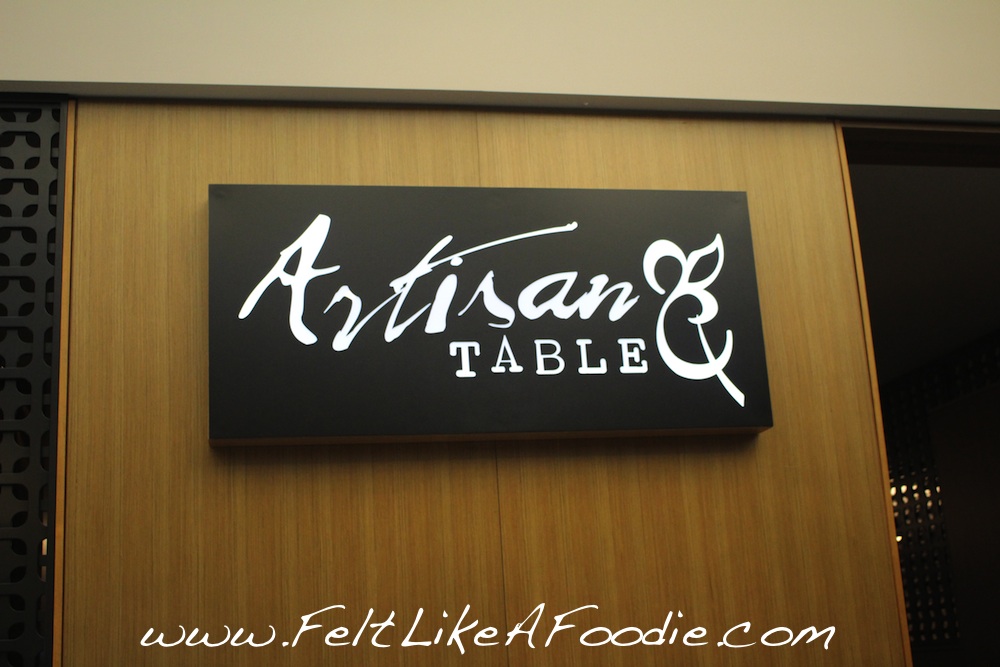

[…] I didn’t…I used cod….that didn’t have skin….and was still partially frozen. I KNEW from my last cooking class on the Maillard Reaction there was no way that I could brown this fish with it being so wet. But […]